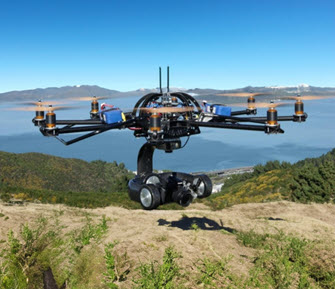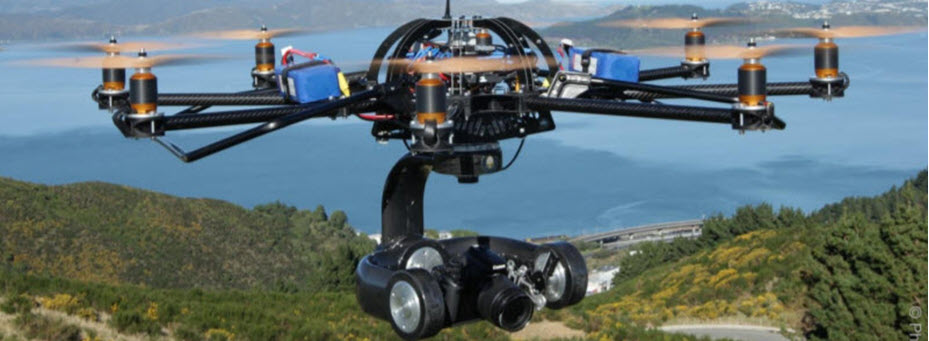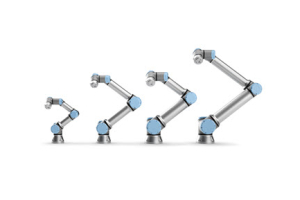
The Canadian film industry, renowned for its rich and diverse history, has consistently embraced and been shaped by technological advancements in mechatronics and automation.
This article explores the intricate relationship between these fields, highlighting key milestones that have influenced the landscape of Canadian cinema. We also delve into the innovative and unorthodox ways modern Canadian filmmakers are utilizing mechatronics and automation to facilitate their creative visions.
A Brief History of Canadian Film:
The dawn of the Canadian film industry can be traced back to 1897 when the first-ever Canadian film, "Ten Years in Manitoba," was screened. Directed by James Freer, an ambitious British immigrant and farmer, the film offered a collection of short documentary scenes that showcased the captivating life in Manitoba. The film aimed to entice British settlers to the vast landscapes of the Canadian Prairies.
"Ten Years in Manitoba" embraced cutting-edge technology, particularly in the realm of cinematography. Freer employed the Lumière Cinématographe, a revolutionary device invented by the Lumière brothers in France. This groundbreaking invention combined the functionalities of a motion picture camera, film processing unit, and projector, transforming the way early filmmakers captured the world.
The Cinématographe's portability and compact design granted Freer the freedom to authentically document the daily life and essence of Manitoba. The success of "Ten Years in Manitoba" gave rise to the creation of the country's first production companies, including the Canadian Bioscope Company and the Halifax-based Maritime Film Company.
As the 20th century progressed, advancements in engineering left their indelible mark on film. The introduction of sound in the 1920s heralded a new era, enabling filmmakers to create more immersive and captivating experiences for audiences. Automation technology such as the Vitaphone systems played a pivotal role in synchronizing sound playback, revolutionizing film production and elevating the medium to new heights.
By the 1950s, the advent of color film brought forth a significant transformation in the industry, further propelled by advancements in mechatronics. With the introduction of servo motors and motion control systems, filmmakers gained access to more precise camera movements and seamlessly smooth transitions. These cutting-edge innovations opened new possibilities for experimentation, enabling the creation of visually stunning and dynamically engaging films.
Moments Where Automation & Cinematic Advancements Meet:
- 1897: The Lumière Cinématographe and its impact on "Ten Years in Manitoba" allowed for the precise capture and projection of the film, revolutionizing early cinematography.
- 1920s: Automation technology, exemplified by the Vitaphone systems, introduced synchronized sound playback, enhancing the immersive experience for audiences.
- 1950s: The development of color film and advancements in mechatronics, including servo motors and motion control systems, enabled precise camera movements and transitions, resulting in visually captivating storytelling.
- 1960’s: IMAX technology emerged as a groundbreaking advancement in film exhibition. The first movie to be screened using IMAX was "Tiger Child" at Expo '70 in Osaka, Japan. The IMAX system was developed by Graeme Ferguson, Roman Kroitor, and Robert Kerr in Canada. It utilized mechatronic products to precisely align multiple projectors and optimize their performance, creating a seamless and larger-than-life image on enormous screens. Since its inception, IMAX technology has continued to evolve and captivate audiences worldwide with its awe-inspiring visuals and immersive audio.
- 1965: Innovations like the Eclair NPR camera provided lightweight and portable options, revolutionizing on-location shooting and expanding creative possibilities.
- 1980s: The introduction of computer-controlled cameras and robotic arms, such as the Chapman Titan crane, offered precise and complex camera movements, elevating cinematography to new heights.
- 1994: The use of Silicon Graphics workstations and Softimage 3D software in "ReBoot" revolutionized animation and visual effects, pushing the boundaries of what was possible in creating 3D content.
- Early 2000s: Advances in motion capture technology, showcased in films like "The Polar Express," brought lifelike animations through precise tracking and realistic motion.
- 2004: Digital video cameras and non-linear editing systems, as seen in "Corner Gas," streamlined production workflows and enhanced visual quality.


Looking Forward: The Future of Mechatronics, Automation, and Canadian Film:
As we venture further into the 21st century, the symbiotic relationship between mechatronics, automation, and the Canadian film industry is expected to deepen. Emerging technologies such as artificial intelligence, virtual reality, and the Internet of Things will unlock new possibilities for filmmakers, leading to even greater levels of immersion, interactivity, and personalization.
One area of exploration lies in the integration of AI-driven algorithms for post-production tasks, revolutionizing editing, and visual effects. Motion control components, like Applied Motion Products StepSERVO Integrated Motors and POSITAL FRABA IXARC High-Resolution Optical Absolute Encoders, will enhance the accuracy and precision of AI-powered tools, enabling seamless and efficient camera rig adjustments during post-production.
Virtual reality (VR) offers another avenue for future development, allowing filmmakers to create immersive and interactive experiences. Advanced mechatronics and automation systems, such as those provided by Electromate, will play a pivotal role in precise motion tracking and haptic feedback, enhancing the realism and engagement of VR storytelling.
The Canadian film industry, with its strong foundation and access to cutting-edge products, is poised to continue pushing the boundaries of what is possible in the world of cinema. The integration of mechatronics, automation, and emerging technologies will unlock unprecedented opportunities for filmmakers to create truly immersive, personalized, and interactive cinematic experiences.





